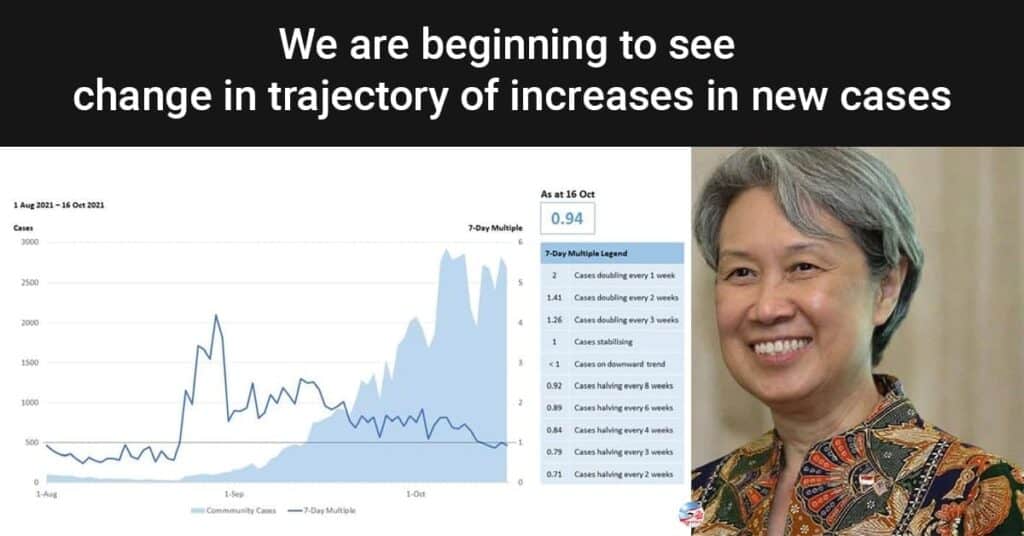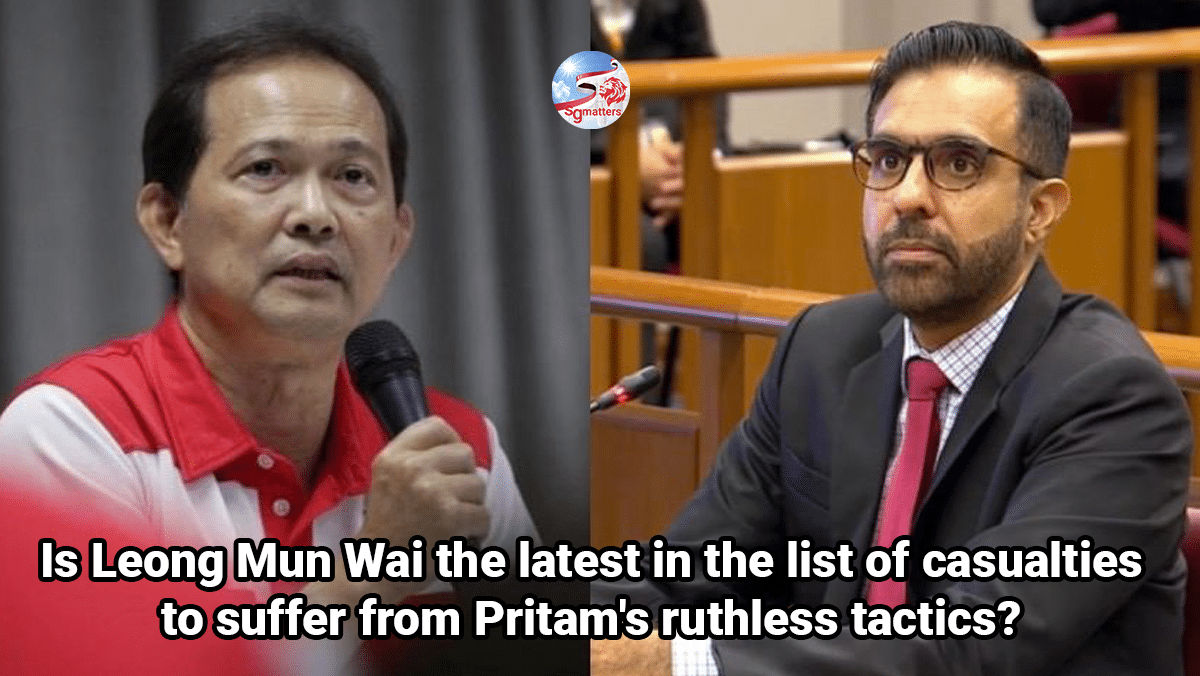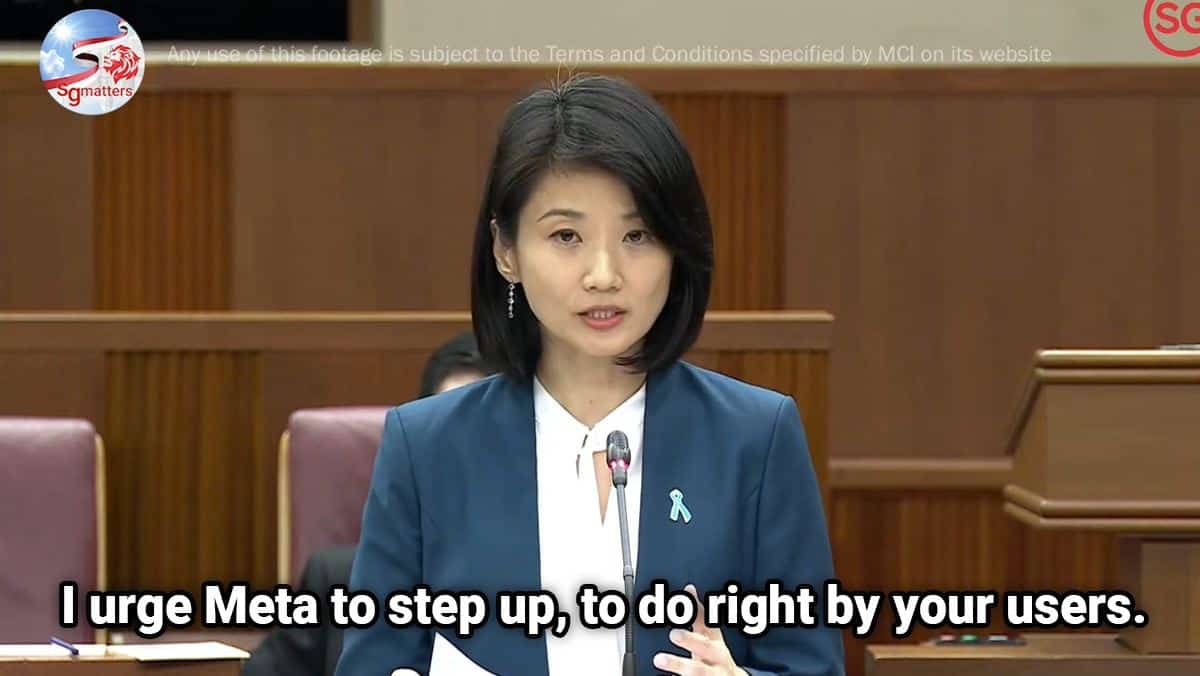Getting there, folks! According to Mdm Ho Ching, we are beginning to see a change in the trajectory of the increases in new cases.
We can tell the trends by looking at the week on week multiple.
“The week on week multiple is an indication of growth rate,” said Mdm Ho.
If growth rate or weekly multiple is more than 1, we would expect a doubling over time.
Conversely speaking, if it is less than 1, we could expect a halving over time.
By way of explanation, Mdm Ho Ching said a weekly multiple of 1.41 means a doubling of new case numbers every 2 weeks; and a weekly multiple of 1.26 means a doubling every 3 weeks.
On the other hand, a weekly multiple of 0.79 means we can expect a halving of new cases every 3 weeks, she explained.
The charts below provide such weekly multiple based on single day new cases, and cumulative weekly new cases.




“The single day data can be affected by the daily variations over the week, eg less testing on weekends.
The weekly cumulative new case data would smooth out the daily variations of the week.
Both are showing that we are beginning to stop doubling, and are seeing the possibility of halving the case loads. ”
A reminder here. It takes between 2-3 weeks for new covid cases to become sick enough to require oxygen, and then a few more days for these oxygen cases to become ICU cases.
So even when the peak of the new case, the numbers will continue to build up for oxygen/ICU/deaths for 2-3 more weeks, said Mdm Ho.
FOR NOW, we should halve the new cases.
Reason: each case adds to the stock in-home recovery, QOs, CCF, CTF, and hospital oxygen, ICU and deaths.
It’s a dynamic balance.
With people recovered from infection, we have fewer Covid-naive people. We also have more people vaccinated or receive their booster.
“At some point when hospital loads become more manageable, we can also increase the new caseload for a new equilibrium as more people are better protected and fewer will proportionately require hospital support and care,” Mdm Ho explained.
Difference between vaccinated and unvaccinated
Recovery is faster for the vaccinated, and hospital stays, if ever needed, is shorter.
For the unvaccinated, 10 times more proportionately will need hospital support for oxygen, ICU, Mdm Ho said.
In addition, recovery is longer, and hospital stay duration is double that for a vaccinated person who needs hospital care for Covid, she added.
The outlook
Mdm Ho said it helped that we would have paediatric vaccines by year-end and/or early next year for kids under 12.
At the same time, new treatments are also coming on stream over the next 3-6-12 months.
In particular, a long-lasting antibody booster from AstraZeneca looks very interesting, Mdm Ho said.
“This provides antibodies for a one-year protection. If this goes well, it is a boon for folks with the impaired immune system, folks under active chemo treatment for cancer, folks with newly transplanted organs, folks with HIV, or any of the immune response-related conditions.”
Other developments
They include nasal spray vaccines which could stimulate the IgA type antibodies that patrol the linings of our nose, throat, gut and lungs.
“The mucosal lining in our nose and throat is the typical first point of contact with the Covid virus,” Mdm Ho Ching explained.
“The hope is that with the IgA boosted by nasal spray vaccines, we can have better prevention of infection in the first place, and not just prevent a range of symptomatic infections from mild to fatal,” she added.
[irp posts=”10874″ name=”Open safely by protecting the unvaccinated people”]





